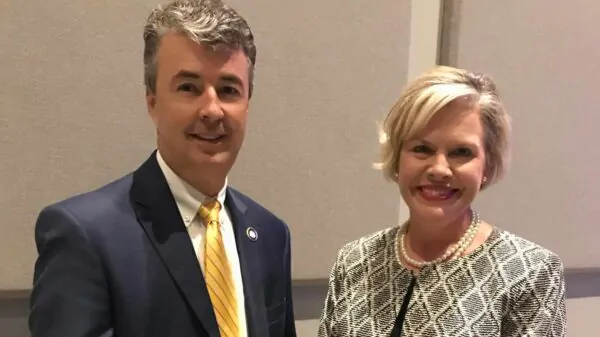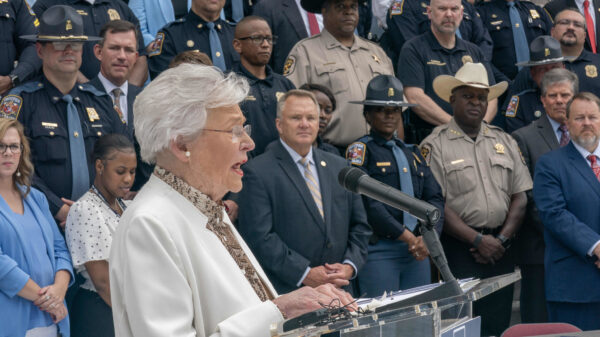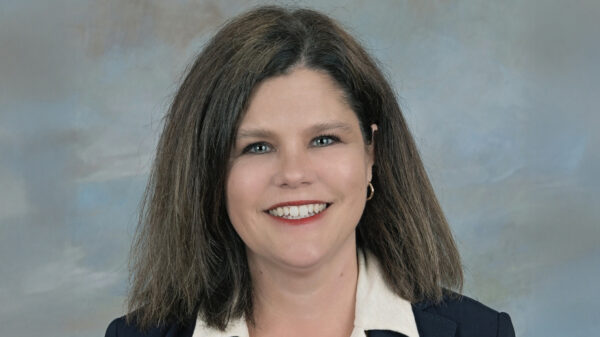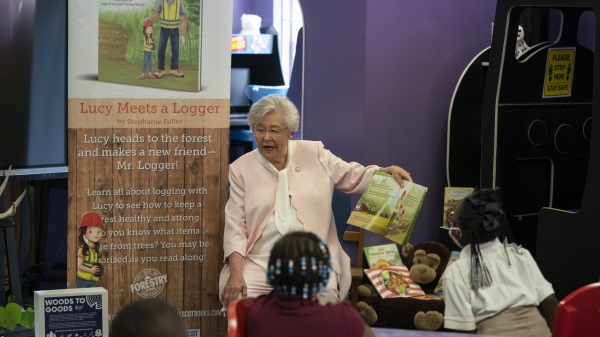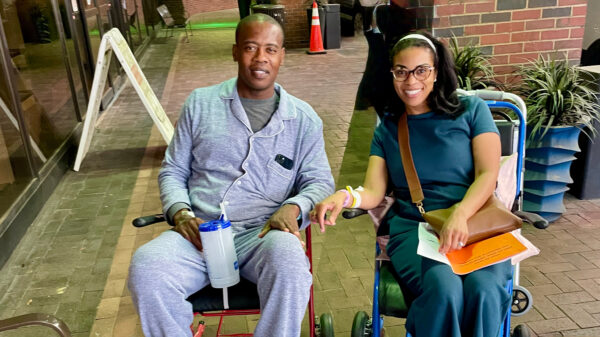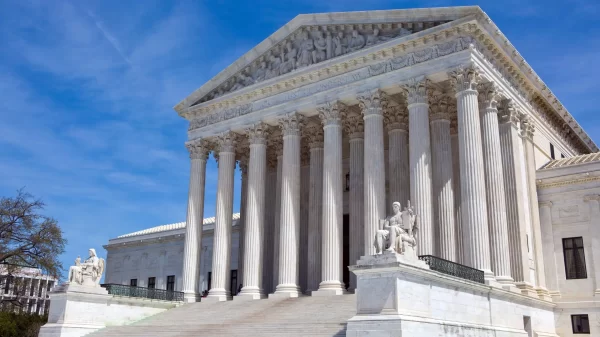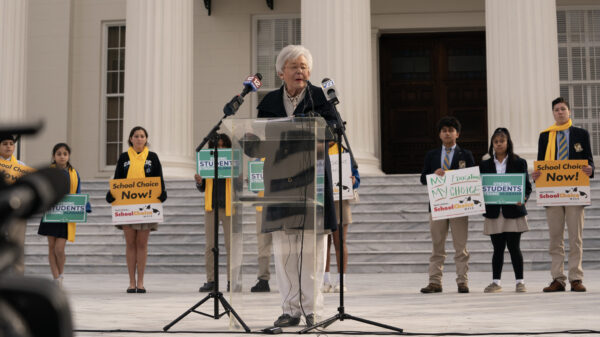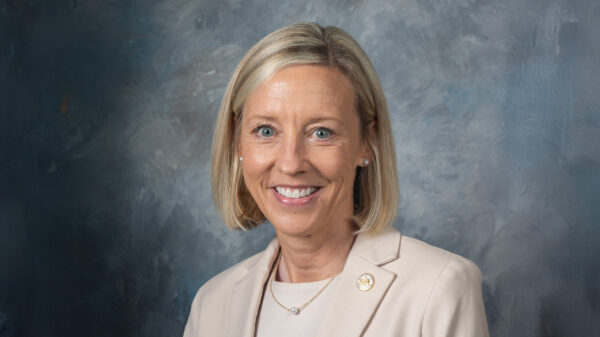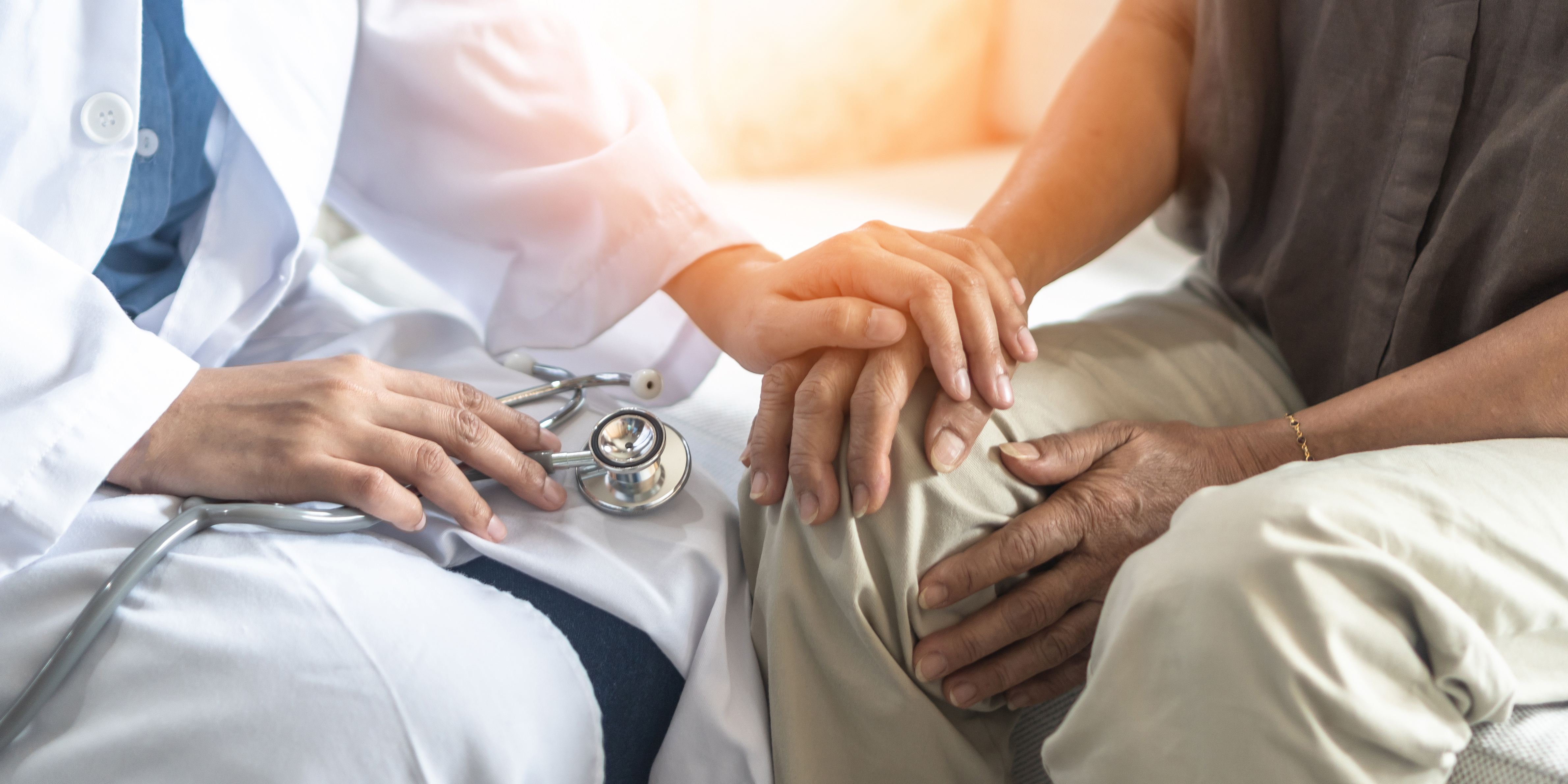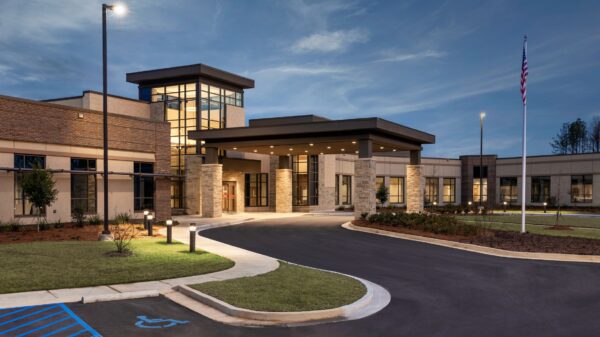More than half of the deaths so far in Alabama from COVID-19 have been among black people, according to the Alabama Department of Public Health. Black Alabamians make up only 27 percent of the state’s population.
New data released Wednesday shows that the number of deaths among black people infected with COVID-19 in Alabama is higher than initially reported Tuesday, worsening an already disproportionate death rate.
The Alabama Department of Public Health is releasing new demographic data daily, and the numbers could shift again, but the early data show the virus is disproportionately killing black Alabamians.
Black people account for 52 percent of 48 verified deaths in Alabama, up from 44 percent of the verified deaths reported Tuesday. White people, who account for about 69 percent of the state’s population, make up 37.5 percent of the state’s deaths so far. At least 60 deaths have been reported, but not all of them have been investigated by the ADPH’s epidemiology staff.
Public health experts, including Dr. Selwyn Vickers, the dean of the UAB School of Medicine, have said that a lack of access to health care, higher uninsured rates and more underlying chronic illnesses like cardiovascular disease are contributing to the higher number of deaths among black Alabamians.
Rep. Anthony Daniels, the minority leader in the Alabama House of Representatives and a member of Gov. Kay Ivey’s coronavirus task force, told APR Wednesday that the state cannot wait to issue an after-action report on the disparities. It must start collecting and reporting as much data as possible now — on testing, on hospitalizations, on deaths and on outcomes in general.
All Alabamians, not just black Alabamians, have higher rates of underlying disease and chronic illness, making the state particularly susceptible to severe health effects caused by the virus. Men of all races have also made up a disproportionate number of the early deaths in Alabama. At least 64 percent of those who have died so far have been men, though women have made up more of the early confirmed cases at about 56 percent. Men are also more likely to have cardiovascular disease and other chronic conditions that make people particularly vulnerable to COVID-19.
Alabama also has a higher rate of poverty, especially in black communities, which results in worse health outcomes. According to the U.S. Department of Health and Human Services, the death rate for black people is higher than that of whites for heart disease, stroke, cancer, asthma, influenza and pneumonia, diabetes and HIV/AIDS — not because of biology but because of socioeconomic inequalities.
“There are underlying health conditions in poor communities period, whether you’re black or white,” Daniels said. “I don’t know that there is enough data out there to definitely say that underlying health conditions are the sole indicator.”
Black people in Alabama, and across the United States, suffer worse health outcomes in a variety of areas — not just from this virus. Black women in Alabama have much higher rates of maternal mortality than white women, and studies have shown that people of color have more limited access to health care and higher uninsured rates than white people.
“We’ve known that the maternal mortality rate is an example of where we are,” Daniels said of health care disparities for people of color. “We’ve got to look at this. Is this quality or standard or care? There are so many underlying things that we have to think about.”
Daniels also said he worries that the number of cases and deaths in vulnerable communities is being undercounted because these people, especially early on in the outbreak, may not have been able to get a test or get to a hospital.
He called on the state to provide emergency funding to the Department of Public Health to gather more data and expand the response to the virus.
“We’ve got to look at the data more broadly,” Daniels said. “We cannot wait on an after-action report to determine what we could have or should have done. Alabama has so many smart people.”
The cause does not seem to be a lack of seriousness among people of color. Black people, at 46 percent, and Latinos, at 39 percent, are nearly twice likely to view the coronavirus as a major threat to their health, compared to about 21 percent among white people, according to Pew Research.
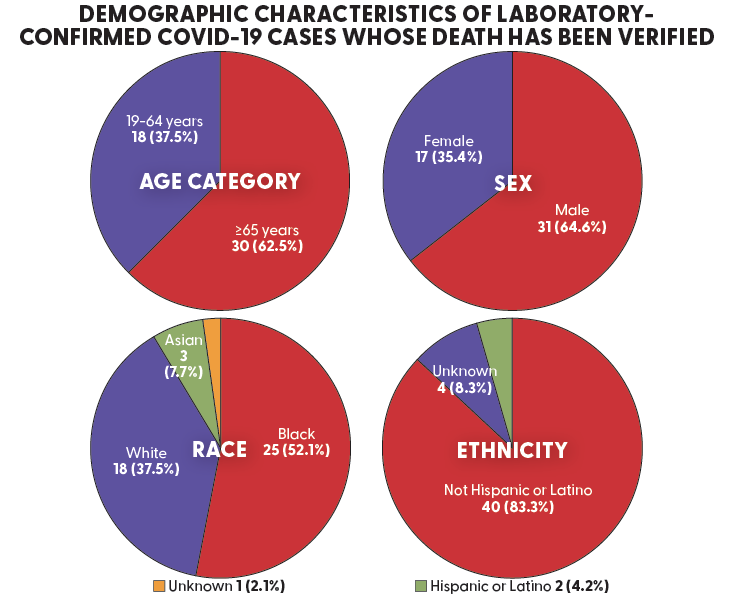
Demographics as of April 7.
The disproportionate number of deaths could also be stemming in part from geography. The virus has ravaged areas of the country with larger black populations, in part because cities tend to have a higher number of black residents. The virus is affecting several cities in the state with large black populations. At least 480 cases and 13 deaths have been confirmed in Jefferson County, where the largest city, Birmingham, has a majority black population.
The area of Alabama with the least access to health care, the Black Belt region, is also the area of the state with the largest black population. Many of the counties in this region of the state have no hospital. Expanded testing in this region has identified growing rates of infection.
“You could also worry that they just don’t get access,” Vickers said Saturday. “They don’t get to the hospital as early, and so it’s probably multiple reasons.”
Black people are also being disproportionately infected with the virus, according to the Department of Public Health. Though black people make up about 27 percent of the state’s population, about 37 percent of those with a confirmed case of the virus are black; 49.4 percent are white. The race of about 10 percent of the cases is unknown.
The data in Alabama mirror data in other states like Louisiana and Illinois, where black people have made up a disproportionate number of deaths caused by COVID-19.
“These communities, structurally, they’re breeding grounds for the transmission of the disease,” Sharrelle Barber, an assistant research professor of epidemiology and biostatistics at Drexel University, told The New York Times. “It’s not biological. It’s really these existing structural inequalities that are going to shape the racial inequalities in this pandemic.”






